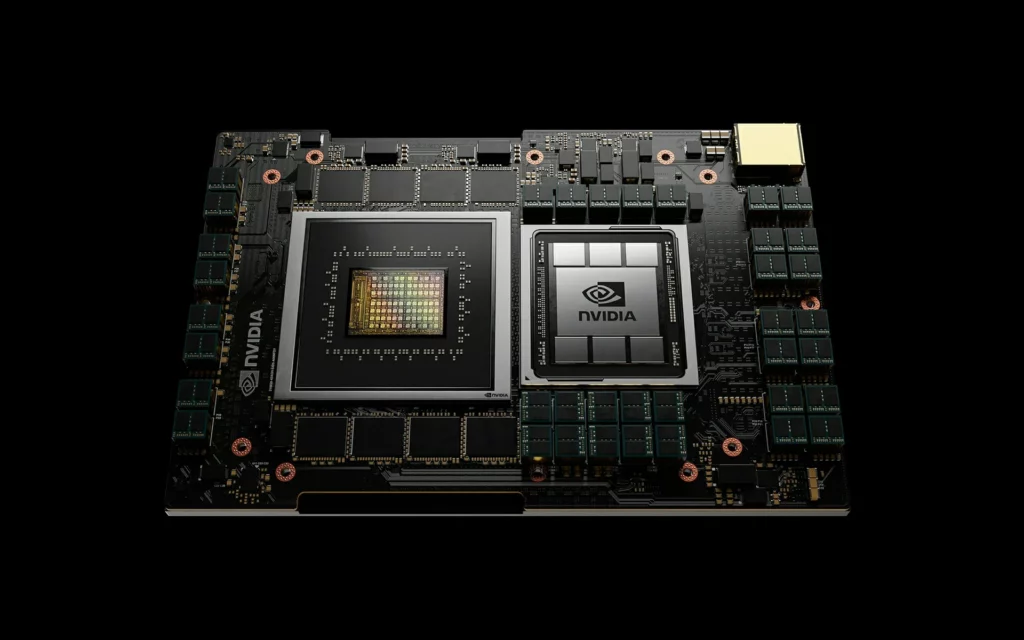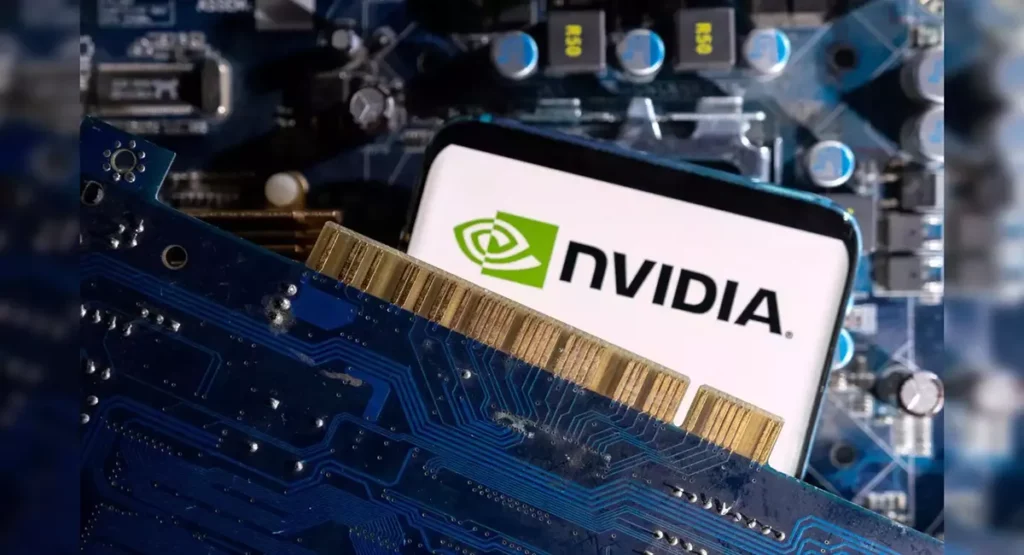Nvidia, the trailblazing chip manufacturer, is making waves once again. This time, it’s diving headfirst into the custom AI chip market, eyeing substantial gains. As the AI boom continues to reshape industries, Nvidia’s strategic move could redefine the landscape.
Let’s delve into the latest developments by Nvidia
1. The Dominance of AI Chips

Nvidia has already established its supremacy in the AI chip arena. With a lion’s share of the market, it powers machine learning, deep learning, and neural network applications. Its GPUs (graphics processing units) have become the backbone of AI infrastructure.
2. ChatGPT and the AI Frenzy
The frenzy around AI reached new heights when ChatGPT, OpenAI’s language model, went public. ChatGPT’s versatility—from speech assistance to coding and cooking—captured imaginations worldwide. But behind the scenes, powerful hardware was at play.
3. Nvidia’s Bold Bet on Its Own Technology
There journey began with graphics chips, enhancing gaming experiences. In 1999, it introduced GPUs (graphics processing units) for image display.
These GPUs excelled at parallel processing, handling millions of pixels simultaneously.
4. The AI Revelation
In 2006, researchers at Stanford University discovered that GPUs could accelerate mathematical operations—an ability regular processors lacked.
They seized this opportunity, making its chips programmable. The result? GPUs became indispensable for AI tasks.
5. Parallel Processing and AI
Parallel processing, inherent in GPUs, aligns perfectly with AI workloads. Training neural networks involves massive parallel computations, making GPUs ideal for the job. Nvidia’s hardware underpins supercomputers, powering scientific research and AI breakthroughs.
6. The One-Stop Shop for AI Development
Nvidia’s GPUs are the go-to choice for AI developers. ChatGPT itself was trained using thousands of Nvidia GPUs clustered together.
These GPUs, including the widely used A100, come with a hefty price tag (roughly $10,000 each). However, their impact on AI innovation is immeasurable.
7. Custom AI Chips: A Strategic Move
Now, They are venturing into custom AI chips. By collaborating with tech giants like Google and Microsoft, it aims to offer bespoke solutions tailored to unique requirements. These chips optimize performance, efficiency, and cost-effectiveness.
8. The AI Revolution Continues
As organizations integrate AI across industries, demand for AI chips skyrockets. Nvidia’s custom chips promise to address specific needs, intensifying competition and driving innovation.
Conclusion
In recent developments, global markets have been volatile due to concerns over inflation, supply chain disruptions, and geopolitical tensions. The conflict in Ukraine has escalated, leading to increased sanctions on Russia and impacting energy prices.
In tech, the metaverse continues to be a focal point, with companies investing heavily in virtual reality and digital assets. Cryptocurrency markets have seen fluctuations, with regulatory developments and environmental concerns affecting prices.
The COVID-19 pandemic remains a significant factor, with vaccination efforts ongoing and new variants emerging. Overall, economic recovery is progressing, but uncertainties persist, requiring careful monitoring of global events.
(Note: Recently Nvidia launched its latest Super Graphic Cards that you should check out.)
In summary, Nvidia’s bold bet on its own technology, coupled with timely discoveries, has positioned it as the AI powerhouse. With custom AI chips on the horizon, Nvidia’s influence will only grow. Brace yourselves—the AI revolution is far from over!



